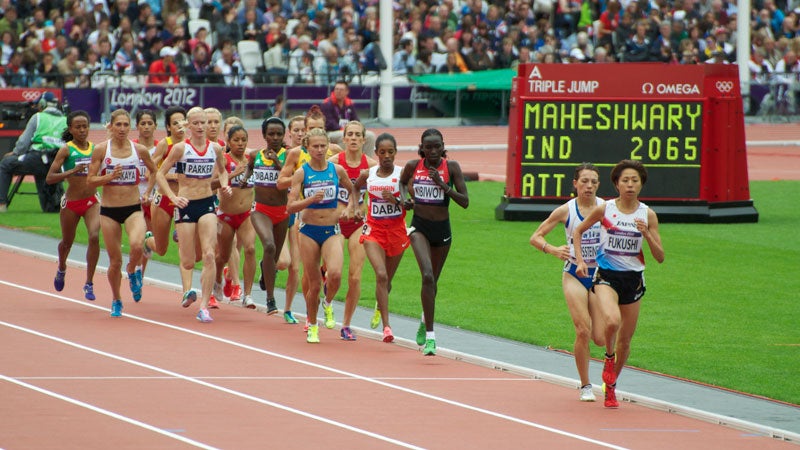We already know that populous and wealthier nations tend to have more Olympic success. We also recently learned that home field advantage is real, which the Russians confirmed at this year’s Sochi Games when they spent about $1.54 billion per medal. Now, academics at Michigan’s Grand Valley State University (GVSU) have confirmed another element of Olympic success that analysts have long suspected: Nations with greater women’s empowerment send more women to the Olympics and win more medals while they’re there.
The , led by GVSU professor Aaron Lowen and published in the Journal of Sports Economics, used data from the past five Summer Olympics and compared it to the UN’s Gender Inequality Index (GII). They found that the GII can predict Olympic success just like measurements of population and wealth.
The GII incorporates information about reproductive health, political empowerment, and participation in the labor force to generate a number ranging from 0 to 100, with lower numbers signaling equality. Exactly how much does variance in this number hint at success in the games? According to the paper, a 10-point decrease in a country’s GII equates to about one extra medal for men and 1.5 extra medals for women.
Of course, this research doesn’t necessarily guarantee success for countries with more gender equality; many other factors influence outcomes. In fact, the top three finishers in —the United States, China, and Russia—ranked 42nd, 35th, and 51st, respectively, in the . These countries had lots of other factors going for them other than gender equality, and despite not being at the top of the GII heap, they were among the top third of countries with respect to this type of equality.
The Summer Olympics were ideal for this type of study because of the games’ robust female participation rates and status as the world’s largest elite sports competition. The study also generated some unanticipated findings, including the GII’s positive effects on male Olympic success. This could be linked to the greater opportunities for recreation in gender-equal societies; as men and women in flourishing societies have more time to themselves, they can pursue athletic training at elite levels.
Still, Lowen acknowledged that the GII and this study could only go so far in predicting Olympic success. “We’ve shown that women’s empowerment and elite athletic success go together, but we can’t say which causes which,” he said, suggesting that we could better understand the causality “if several nations randomly received significant additional resources for women’s sports,” and then encountered increased or decreased women’s empowerment.
We’ll see how Lowen’s predictions play out in Rio, which if you recall, is shaping up to be an epic fail.


